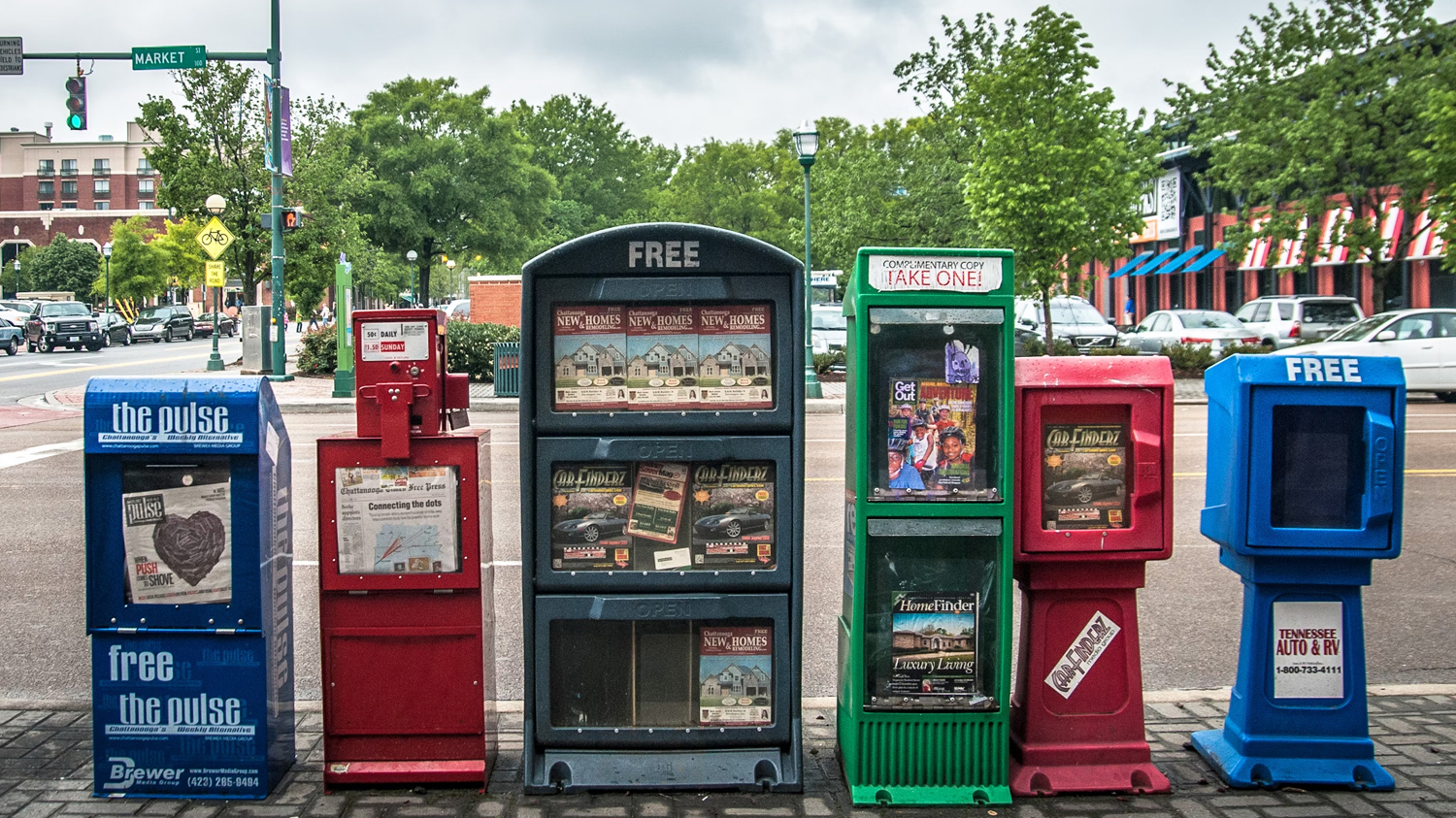

Bringing a new pet into your life is an exciting transition. However, for your puppy, making the switch can also be stressful and scary. Because of this, the first few weeks you have your pup will be some of the most important for getting them acclimated and establishing a bond with the family. Use these tips for helping a puppy adjust to your home to ensure it goes without a hitch.
Upon getting your puppy home, they’ll immediately start exploring their new surroundings. They’ll assess where certain things are and how to maneuver throughout that space. Use this time to show them where their essential items are. This includes their crate and bed, their food and water bowls, and the locations of their potty pads. Establishing these things now will ensure that they know where to go for their most important times of day and minimize their need to search for these locations.
Next, you’ll want to make sure that your home is sufficiently puppy-protected. Just like toddlers, puppies get into a lot of things that could potentially harm them. From household cleaners and chemicals to sharp objects, there’s no telling what can happen when you aren’t looking. Take some time to double-check that all cabinets are locked and store any toxic materials on a shelf out of reach.
Another vital trick to keep in mind is to get your puppy on an established schedule. This means feeding them, letting them out, and putting them in their crate at the same times every day. Consistency will help get them on a routine that makes it easier for you to give them what they need. Creating a play schedule for your pup can be useful as well, since it allows you to expend more of their energy and it increases the likelihood of them sleeping through the night.
The most important tip for helping a puppy adjust to your home is to start training them as soon as possible. The best age to start dog obedience training is usually around the same time they become adoptable. Training creates a bond between you and it reduces their risk of developing negative behaviors as they age.
The smoother you can make this transitional time for your puppy, the easier it’ll be to create a lasting relationship with them. These small actions will make a large difference for you in the long run.

Put your business in front of thousands of LOCALS! Create your free listing on the NewsSTAND and update your profile anytime to share the latest info, specials, and contact details.

Got a story to Share? Pitch your idea or write an article for the NewsSTAND! Join us in highlighting the positive and powerful moments that make our city shine.

We’re passionate about working together to amplify our City. Reach out to the NewsSTAND team to explore collaboration opportunities and make a difference in our community.
Hover over each card to unlock the full story and see what you’re about to get!







